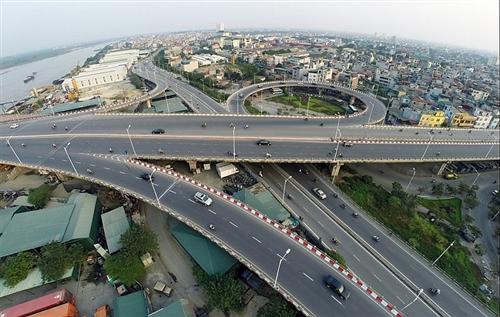Strategies for efficient working capital implementation
Strategies for efficient working capital implementation
The global economy is being impacted by a number of events and curtailing the ability to conduct business as usual, and many companies in Vietnam are rightly concerned about the impact this will have on their cashflows. Ross Macallister, managing partner and head of Consulting Services at KPMG, provides some useful advice to help companies prepare and manage efficiently.

Ross Macallister, managing partner and head of Consulting Services at KPMG
|
Even during buoyant times, having control is one of the biggest issues in managing cash faced by businesses here in Vietnam, so now it is even more imperative that businesses place additional emphasis on cash and working capital management – a practice that is vital when the economic horizon darkens.
Working capital management is more than just a matter of squeezing out cash. Working capital must be optimised across the organisation, not just minimised. Too much inventory traps cash, but too little inventory can hamper the response to customer orders. Inventory levels and revenues may or may not move up and down in concert. A 30 per cent revenue growth might require a 50 per cent increase in inventory, or vice versa.
More important for working capital management is a holistic strategy that aligns itself with the specific business model and objectives of the company. A manufacturer in Vietnam serving markets in Europe will always have a certain level of inventory on the water, a fact that needs to be reflected in its working capital strategy. A manufacturer preparing to enter Southeast Asia might want additional cash to finance new ventures, supply chains, and distribution networks over a large region.
A company in particularly volatile or cyclical markets might want to increase inventory levels to cover unexpected demand even as costs rise or revenues dip. This holistic strategy should be developed by stakeholders across the enterprise. Although finance usually takes the lead, target setting should be a collaborative process that involves procurement (for accounts payable), manufacturing (including inventory), and sales (for accounts receivable).
Good working capital management is a matter of getting the basic things right, and then keeping them right. That is why companies need to develop long-term sustainable initiatives (not just as a short-term reaction to current uncertainty) for cash and working capital management based on a framework built on visibility, control, organisation, and capabilities.
As a starting point, the leadership team and board should provide active support with clear, consistent messaging about the importance of working capital management. Everyone should understand why change is needed and how solid and sustainable benefits are achievable. Determining change should include a realistic assessment of what is possible and how success can be achieved.
Messaging should reflect proper governance, and both need to be executed according to plan, not shifting the emphasis, for example, from costs one year to cash the next. An organisation-wide communications programme can provide regular updates and guidance on working capital goals and activities, and accounts payable, accounts receivable, sales, and finance should be in close communication with one another and properly aligned in terms of their cash targets and strategies.
In addition, the framework should be flexible enough to accommodate today’s complex organisations. Business units have different constraints, challenges, and priorities, so targets should be tailored accordingly. Changes can be embedded through governance policy, training, contract templates, negotiation, and other areas.
The right technology can also help play a key role in effective working capital management. Benefits include the rapid analysis and identification of opportunity areas, enhanced processes and ways of working, and improved transparency and reporting of cash and working capital across the organisation. To give just one example, digital technology can enable real-time collaboration between buyers and suppliers to better determine the optimal rate for early invoice payment. By allowing each supplier to offer the rate that makes sense for them at that point in time, the buyer captures a much broader range of discounts while providing its entire supply chain more flexibility on timing and frequency of usage.
Implementing a sustainable framework for working capital management is not a simple task. It requires ongoing tracking of strategic initiatives from C-level decisions to business unit activities. However, the results are worth the effort. Even short- to medium-term improvements in working capital management could significantly mitigate the risk of your business being unable to meet its debt obligations or operating expenses during this challenging period.

























